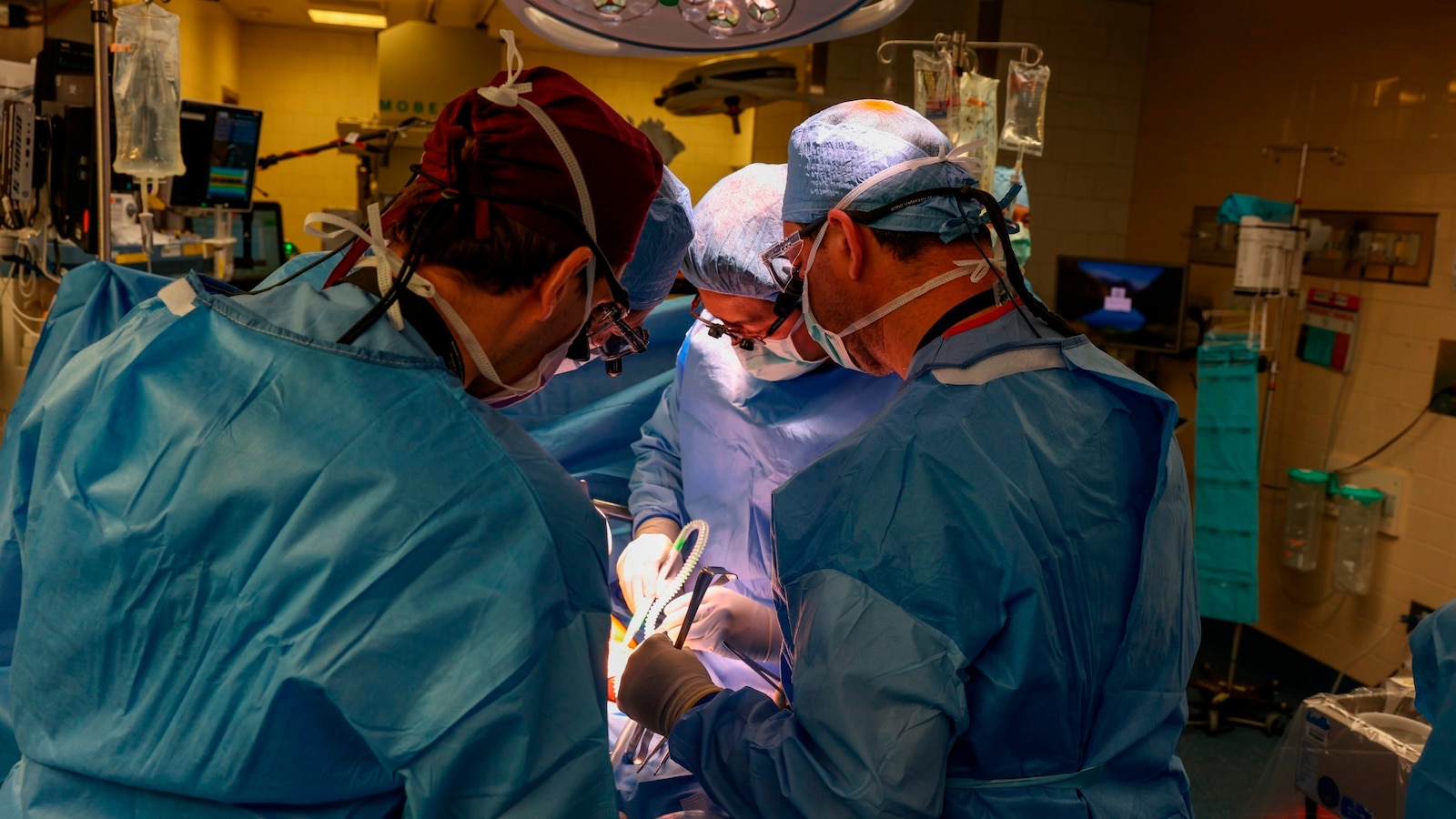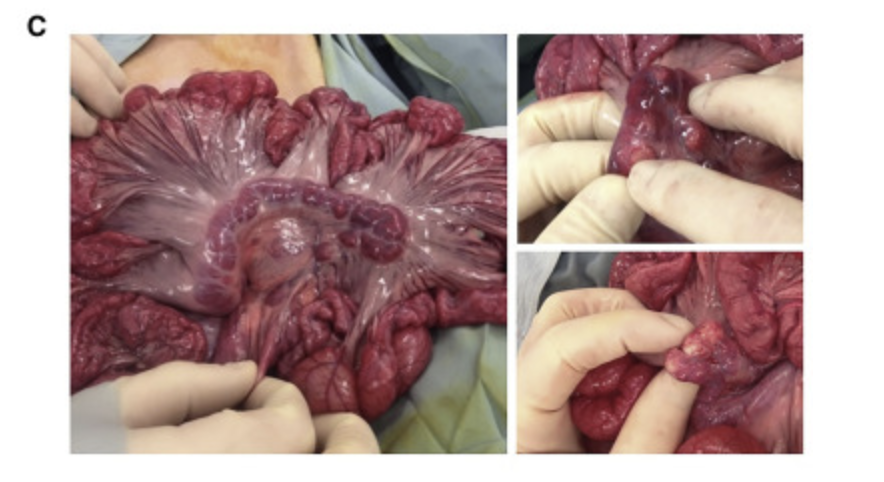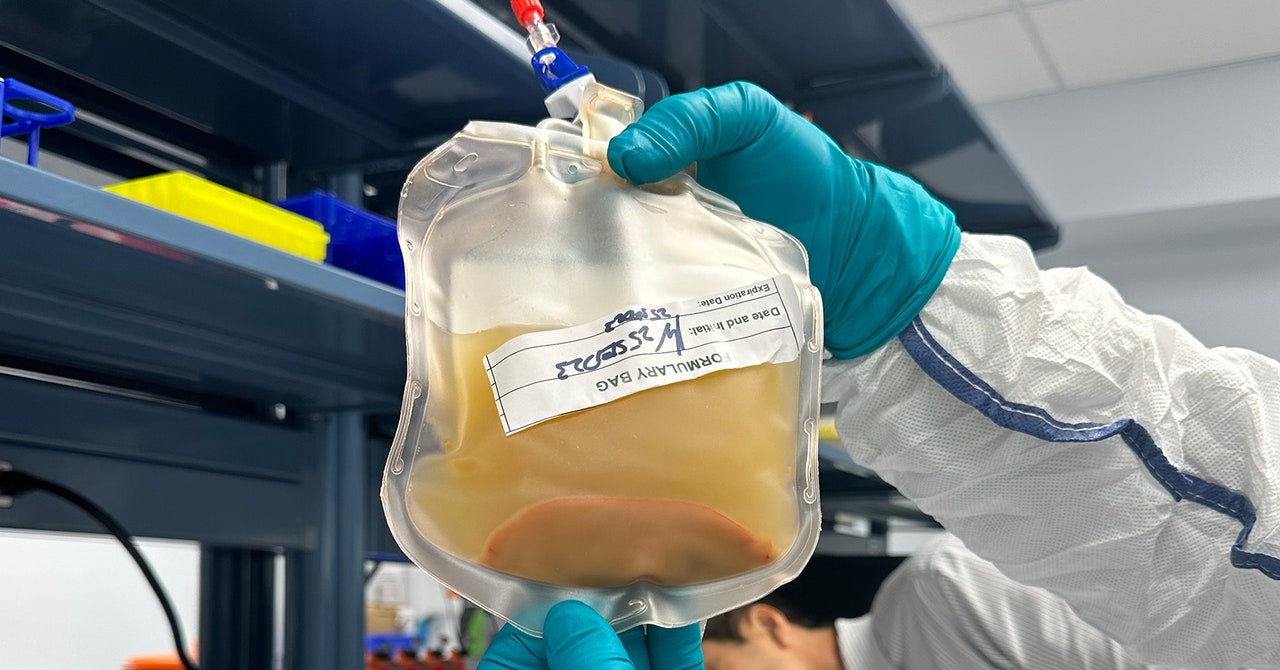Medical Horizens
- Thread starter Zeedox
- Start date
You are using an out of date browser. It may not display this or other websites correctly.
You should upgrade or use an alternative browser.
You should upgrade or use an alternative browser.

Nobel Prize goes to scientists behind mRNA Covid vaccines
Katalin Kariko and Drew Weissman developed the technology which led to Moderna and Pfizer/BioNTech vaccines.
www.bbc.com
Professors Katalin Kariko and Drew Weissman will share the prize.
The technology was experimental before the pandemic, but has now been given to millions of people around the world to protect them against serious Covid-19.
The same mRNA technology is now being researched for other diseases, including cancer.
The Nobel Prize committee said: "The laureates contributed to the unprecedented rate of vaccine development during one of the greatest threats to human health in modern times."
Surgeon origami crane training using laparoscopic clamps

 www.ncbi.nlm.nih.gov
www.ncbi.nlm.nih.gov
A truely innovative way to get a standardized training technique.

The evaluation of the correlation between origami crane training and Fundamentals of Laparoscopic Surgery (FLS)
How does making origami cranes under a dry box affect Fundamentals of Laparoscopic Surgery (FLS) scores in medical students?Four medical students from Asahikawa Medical University (tertiary hospital) participated. They made origami cranes under a dry ...
Mastery of laparoscopic surgical techniques requires improved hand-eye coordination and spatial awareness skills [1]. Dry box (off-the-job) training is an important training tool to improve hand-eye coordination and spatial awareness skills. Suture and ligation training in a dry box is common and important [2]. Other basic techniques (e.g., grasping, lifting, pushing, pulling, pressing, and dissection) are a large part of laparoscopic surgery. However, no routine and effective training methods have been established.
However, no routine and effective training methods have been established. Fundamentals of Laparoscopic Surgery (FLS) was developed by the Society of American Gastrointestinal and Endoscopic Surgeons to teach standard cognitive and psychomotor skills to practitioners of laparoscopic surgery. The importance of standardization in training was recognized by the American Board of Surgery (ABS), which in 2008 made passing the FLS a requirement for obtaining certification in general surgery [3, 4].
A truely innovative way to get a standardized training technique.
Dr. Goering, who did the mesh implant on my left side, used that technique. The only thing that went south was where he anchored it on the lower rear side.
I was already pretty torn up there from the cancer surgery that removed the tumor, my left kidney and part of my pancreas, so he had to improvise.
Man, the pain was excruciating. I had a deep, blue-black bruise on my lower left back the size of a tea cup plate for weeks.
To this day if I move the wrong way it still hurts.
I was already pretty torn up there from the cancer surgery that removed the tumor, my left kidney and part of my pancreas, so he had to improvise.
Man, the pain was excruciating. I had a deep, blue-black bruise on my lower left back the size of a tea cup plate for weeks.
To this day if I move the wrong way it still hurts.

Surgeons transplant world's 1st genetically edited pig kidney into living human
A team at Massachusetts General Hospital has transplanted a genetically edited pig kidney transplant into a living human in a world first.
The kidney was provided by eGenesis, a pharmaceutical company based in Cambridge, from a pig donor genetically-edited using CRISPR-Cas9 technology. The harmful pig genes were removed and certain human genes were added to improve its compatibility with humans and hopefully reduce rejection, according to the hospital.
Additionally, scientists inactivated retroviruses that are found in pigs to reduce the risk of infection in humans.

Turning lymph nodes into livers
There’s an exciting alternative to liver transplants on the horizon —growing a new organ inside the patient.

This Bag of Cells Could Grow New Livers Inside of People
Donor livers are in short supply for transplants. A startup is attempting to grow new ones in people instead.
Interesting.
It's almost as if it were engineered to be used for that very reason. I mean, what are the odds?The new livers grew up to 70 percent of the size of a native liver. "What happened is that the liver grew to a certain size and then stopped growing when it reached the level necessary for normal function," Lagasse says.

